Every so often a tool is created that is so different and so unbelievably useful that it actually changes the way society functions. First came the spork – it scooped and punctured at the same time. Then came the remote control – you could watch TV and maneuver drones with a single click. Next was …
Get Started for FREE
Sign up with Facebook Sign up with X
I don't have a Facebook or a X account
 Your new post is loading... Your new post is loading...
 Your new post is loading... Your new post is loading...

Rosemary Tyrrell, Ed.D.'s curator insight,
July 22, 2014 9:51 PM
A good overview on the available tools to make video interactive. 
Alfredo Corell's curator insight,
July 23, 2014 7:38 AM

Becky Roehrs's curator insight,
July 23, 2014 10:31 AM
Excellent round-up of tools we have available to update our videos with voiceovers, notes, pop-ups, screenshots, maps, and references!

Sue Alexander's curator insight,
July 7, 2014 3:24 PM
Very down-to-earth approach: I like that in today's edu-buzzword cacophony. 
Charlie Dare's curator insight,
July 7, 2014 11:10 PM
Interesting comments by Marshall BarnesFounder, Director of SuperScience for High School PhysicsSome of these I agree with in regard Edison and 1000 failures before finging a light filament and worthy of a read in his Paranovation blog~Especialy his claims to producing Video Rock early on~
Gary Harwell's curator insight,
July 11, 2014 12:39 AM
It shoudl be our Mantra to teach Cretive Thinking skills to our students everyday.

Melissa Marshall's curator insight,
October 25, 2014 10:42 AM
A very interesting article that examines whether digital literacy is a surface approach, or something understood clearly by students. I think we could do it a little better, and this involves some extra awareness of these teaching moments when they arrive! For instance, I use the first presentation-style assignment for my Year 7s to teach about plagiarism and referencing online sources.
Julie Hogarth's curator insight,
November 4, 2014 9:09 PM
Digital Literacy should be integrated into every day curriculum to be effectively instilled into student thinking and behavior.

David Baker's curator insight,
March 16, 2014 11:06 AM
The traits and habits of creative people are things we all do sometimes. How dynamic might learning be if I purposefully built these ideas into my teaching and made it a part of my students routines? 
Rosemary Tyrrell, Ed.D.'s curator insight,
March 17, 2014 2:01 PM
This includes a list of things creative people do. Many of the things on this list we should all be doing - like making time for solitude.

Dr Pam Hill's curator insight,
March 13, 2014 8:54 AM
Race to the Top demands that we prepare learners to be innovative creators. Wouldn't it be fabulous to have this type of training happening in PD and classrooms?
Mayra.Loves.Books's curator insight,
February 16, 2014 1:32 PM
Looks like a great presentation tool with plenty of possibilities for classroom and school library use. However, the free educators' account only offers two slides... Not so great! |
Kathy Lynch's curator insight,
March 21, 2015 11:26 AM
Thanks, Beth Dichter. I find the mindsets very understandable and appealing, much like the science habits of mind.

SMARTERTEACHER's curator insight,
April 6, 2015 11:48 AM
We must stop educating students out of their creativity and foster an environment that celebrates the creative genius of the students entrusted to our care.

רונית יעקב's curator insight,
December 2, 2014 6:58 AM
כולל פרסומות ניתן להורדה כקובץ אודיו נותן קישור בעזרתו ניתן גם לראות את המבצעים

o p's curator insight,
November 10, 2014 4:35 AM
Faire vivre aux clients le fameux effet WAHOUUU! nécessite de l'empathie et de la créativité... et du temps pour les personnes qui les accompagnent.

Western Nutrition News's curator insight,
October 10, 2014 6:37 AM
very worthwhile! Did you know that th earliest sign of dyslexia is difficulty telling right from left? and that the kids will blithely interchange hands, not even knowing that they're doing it?

Charmaine Thaner's curator insight,
July 19, 2014 12:49 AM
I think IEP meetings could be more productive if the 6 Thinking Hats approach was used. What do you think? 
Julie Lindsay's curator insight,
July 20, 2014 6:47 PM
A fresh take on the Thinking Hats - a great tool for writing blog reflections and other individual as well as collaborative work.

Siphiwe Kubeka's curator insight,
May 22, 2014 8:06 AM
Technology has made education to be much easier and more interesting in information literacy

Maryalice Leister's curator insight,
March 16, 2014 7:44 AM
Appropriate when considering my personal creativity focus. Excellent visual. 
Ness Crouch's curator insight,
March 29, 2014 6:05 PM
I love this infographic. What do you think about the ideas? |



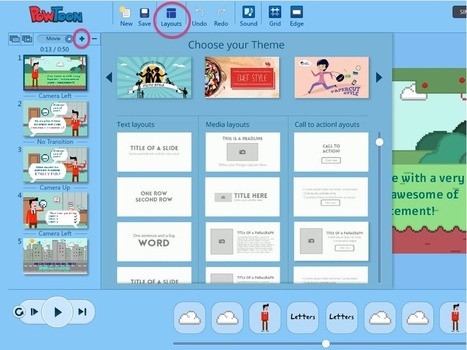


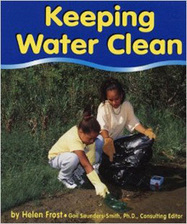
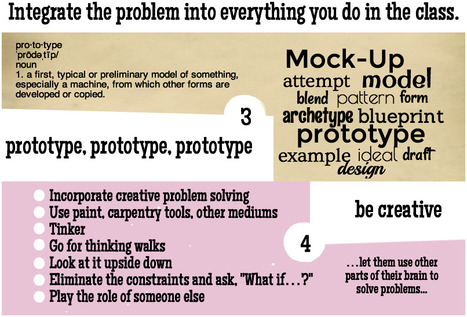
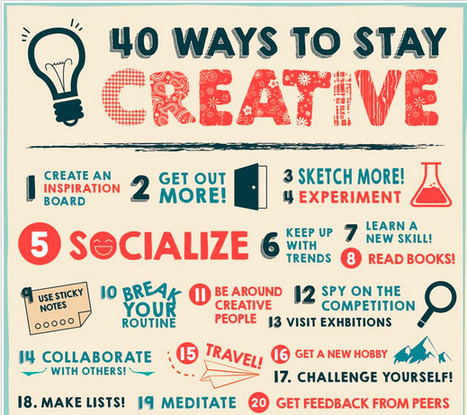
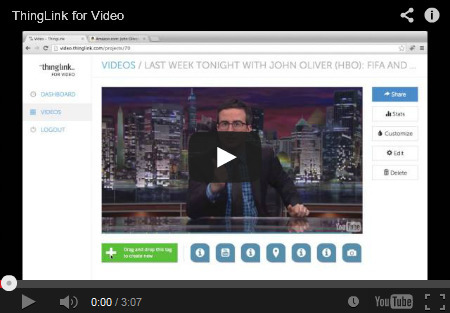

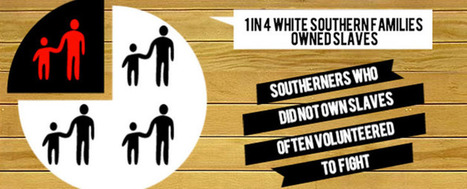
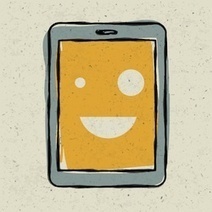


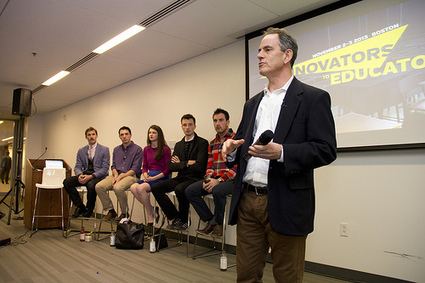
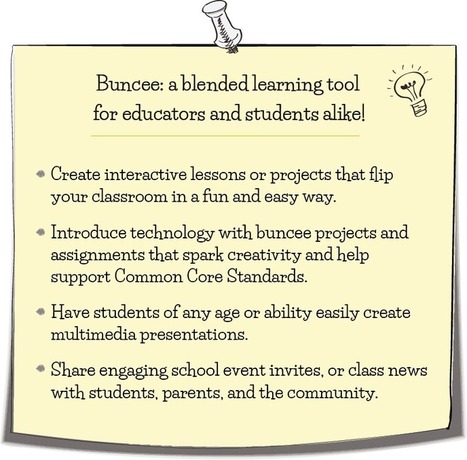
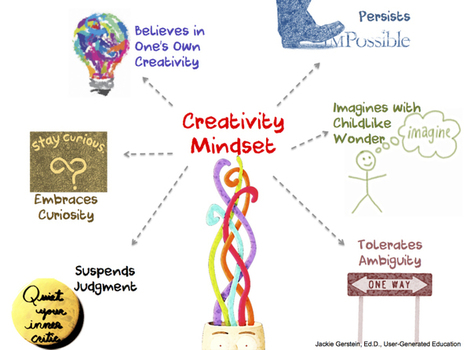
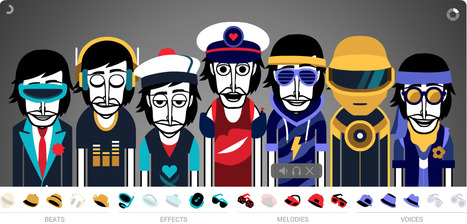


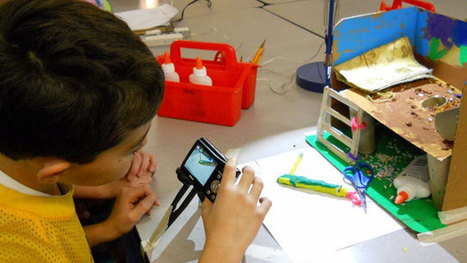
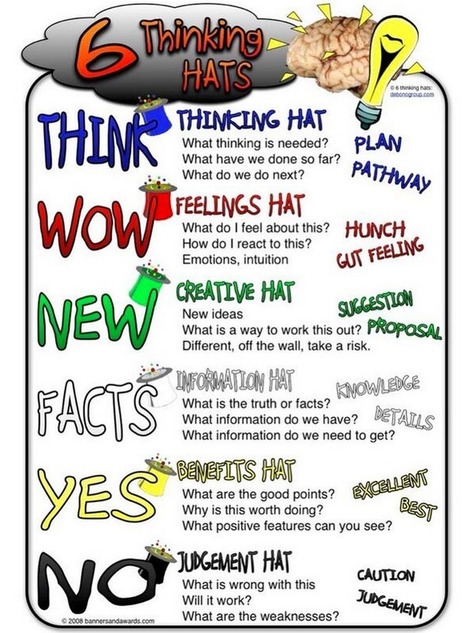
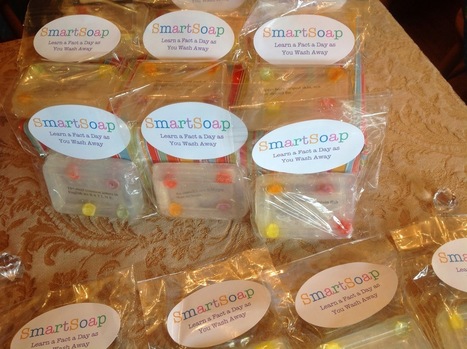
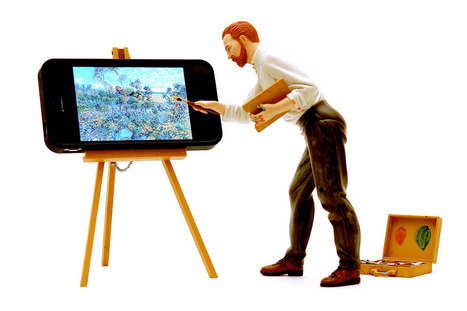
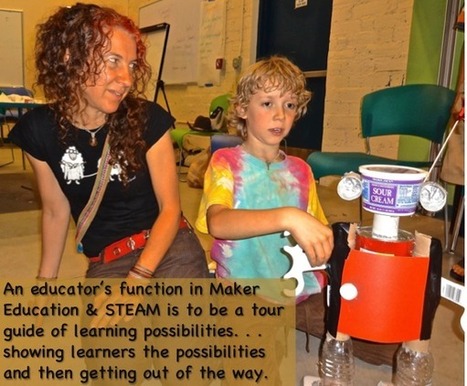


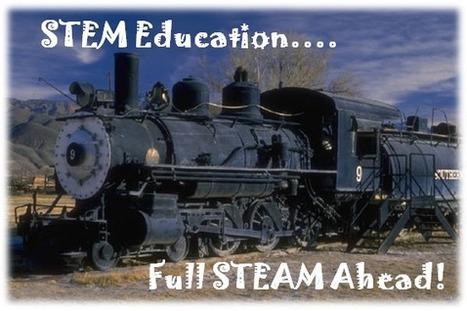





PowToon allows learners to create animations...and they recently released a new version, Simple Mode, that makes it easier to use. Click through to the post to learn all the details.
You may also be able to get a free account with PowToon if you are an educator. They are giving away $10 million dolllars worth of free accounts. For information on this go to this link.
I want to learn more about this!